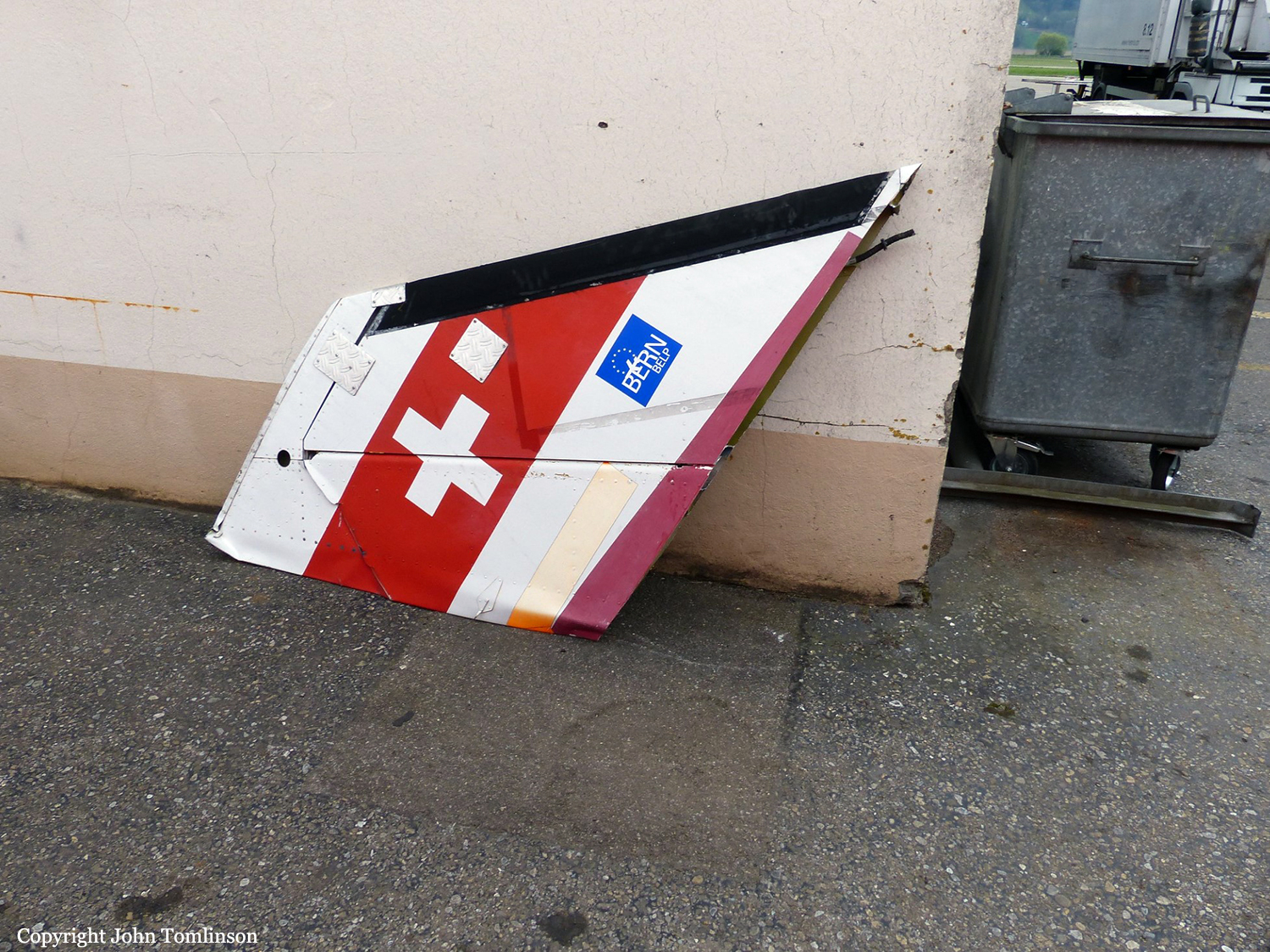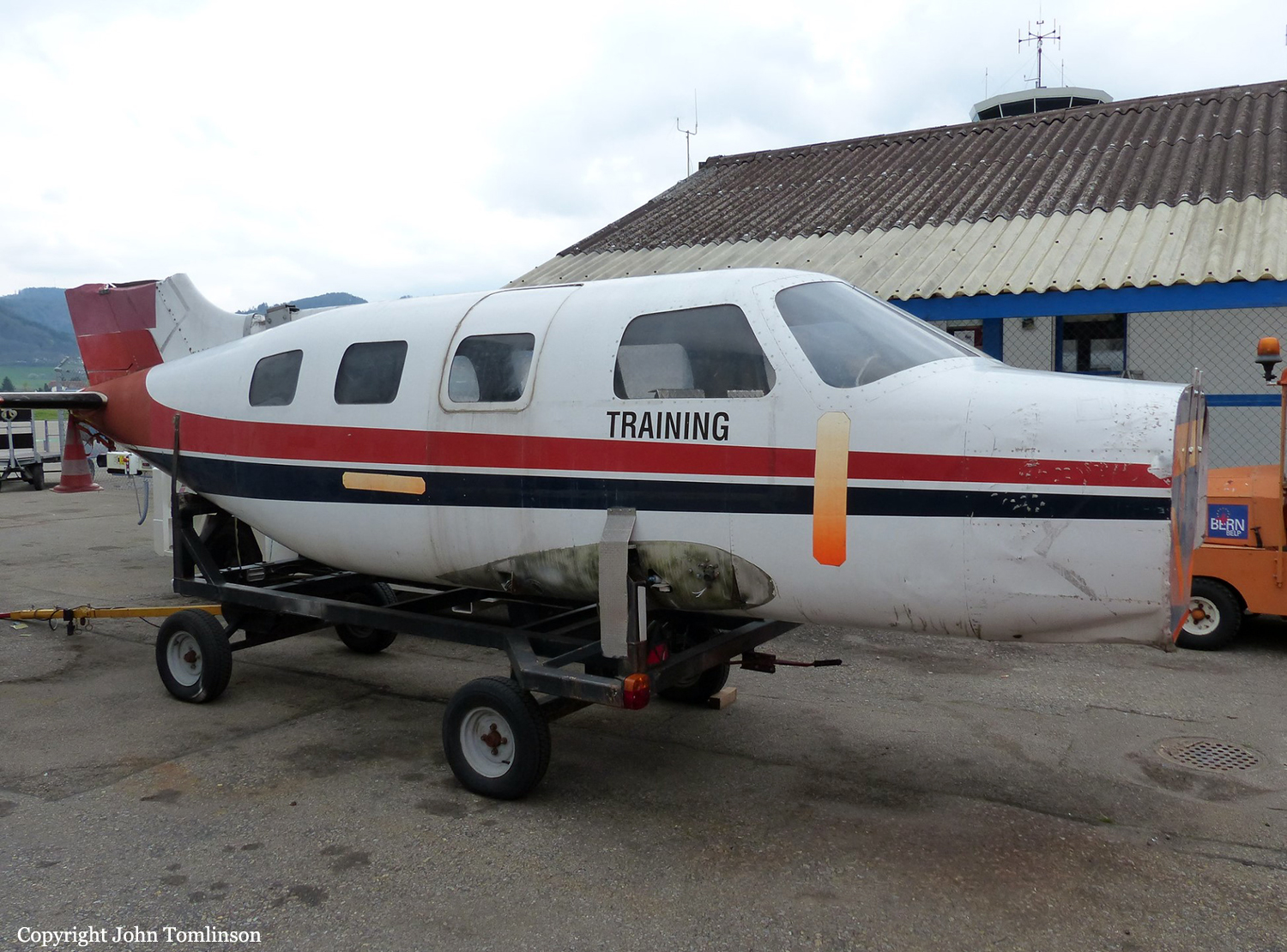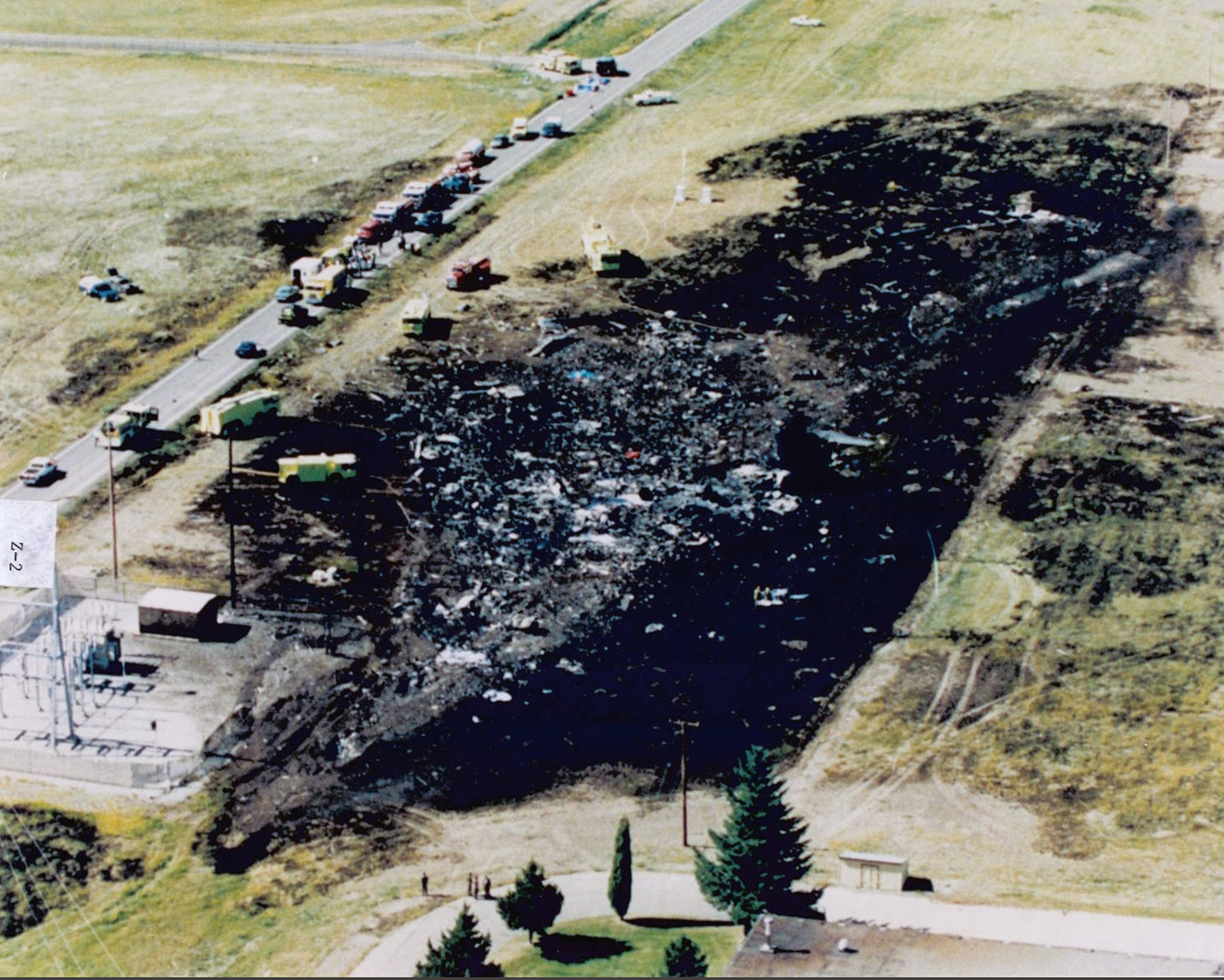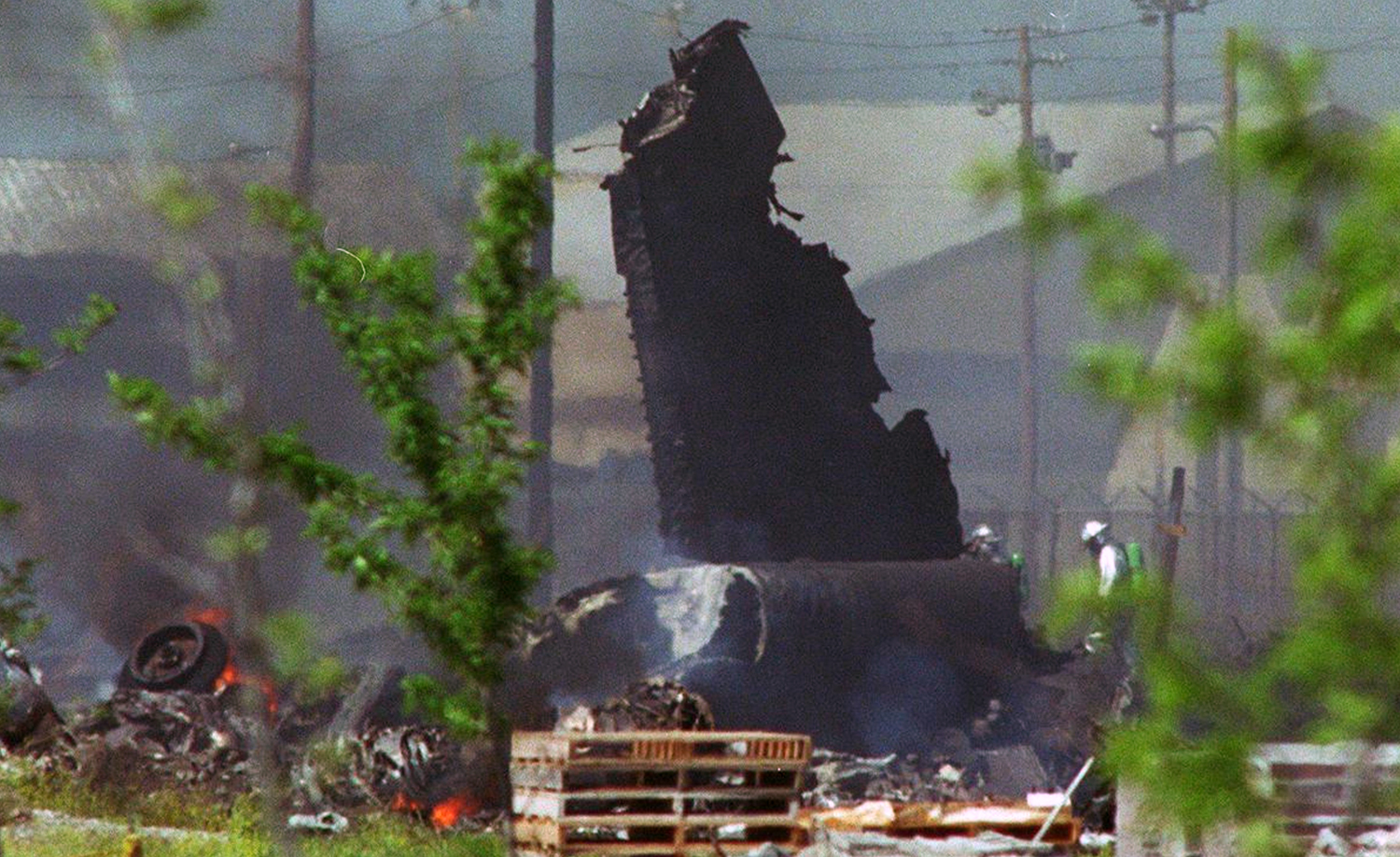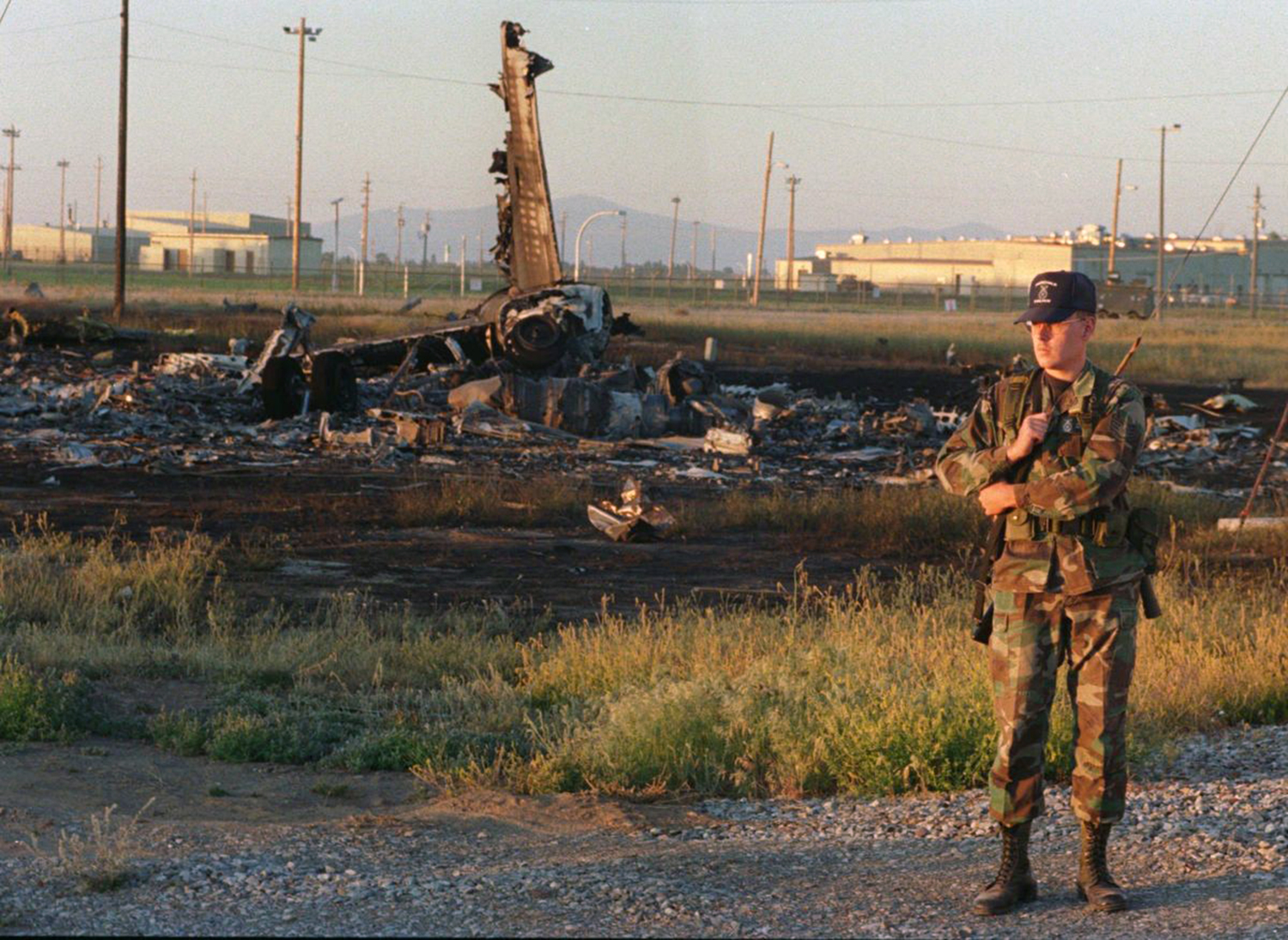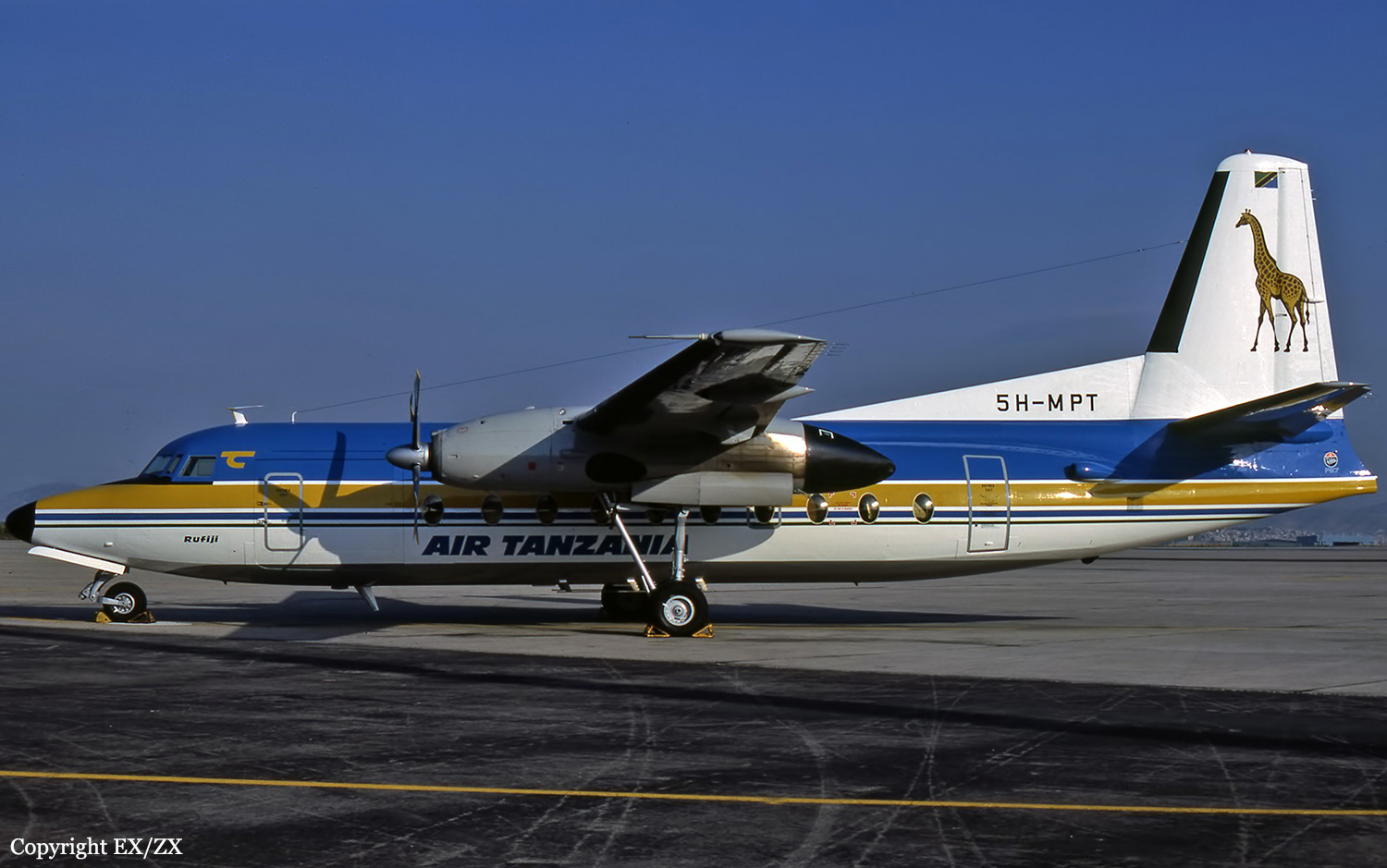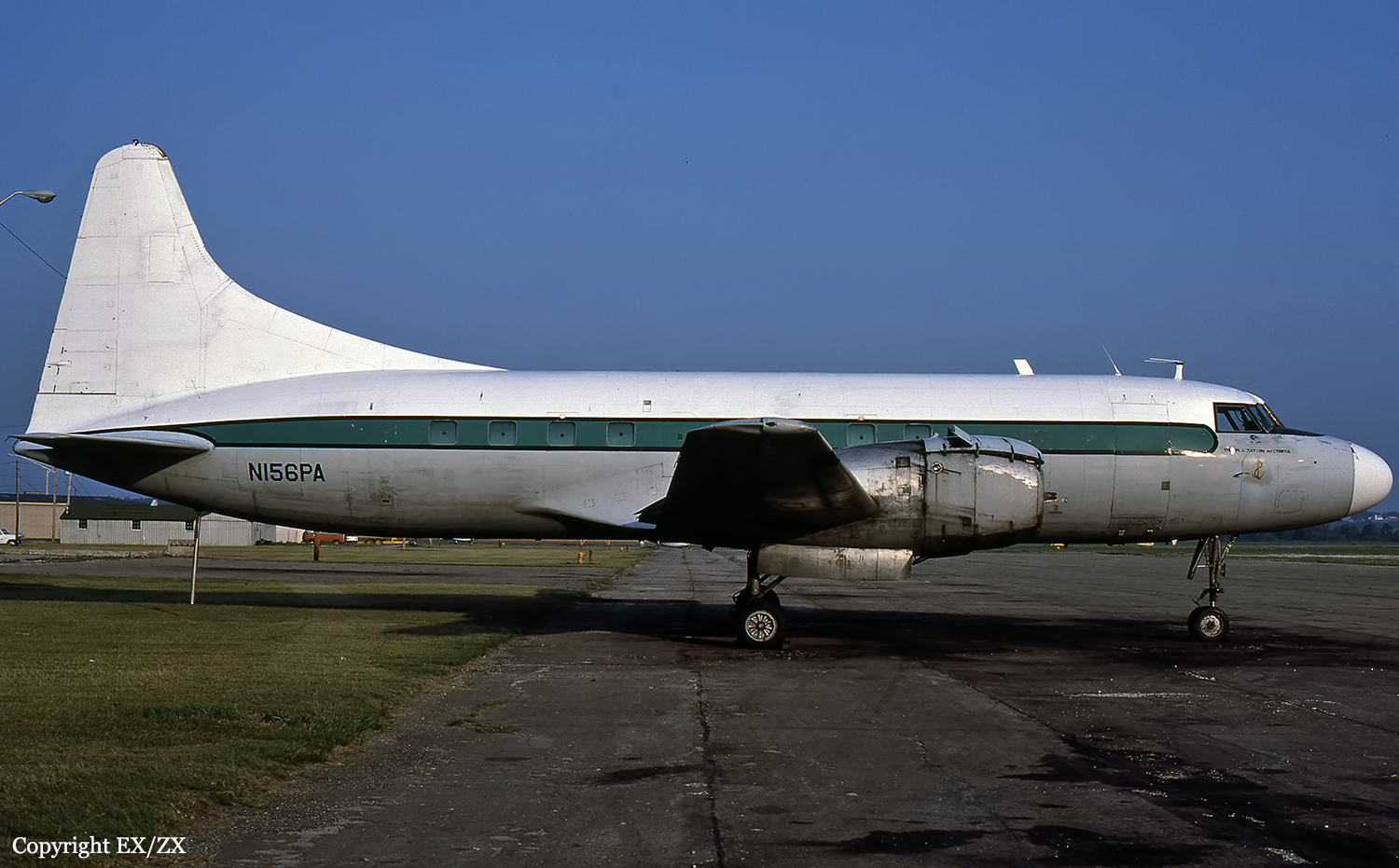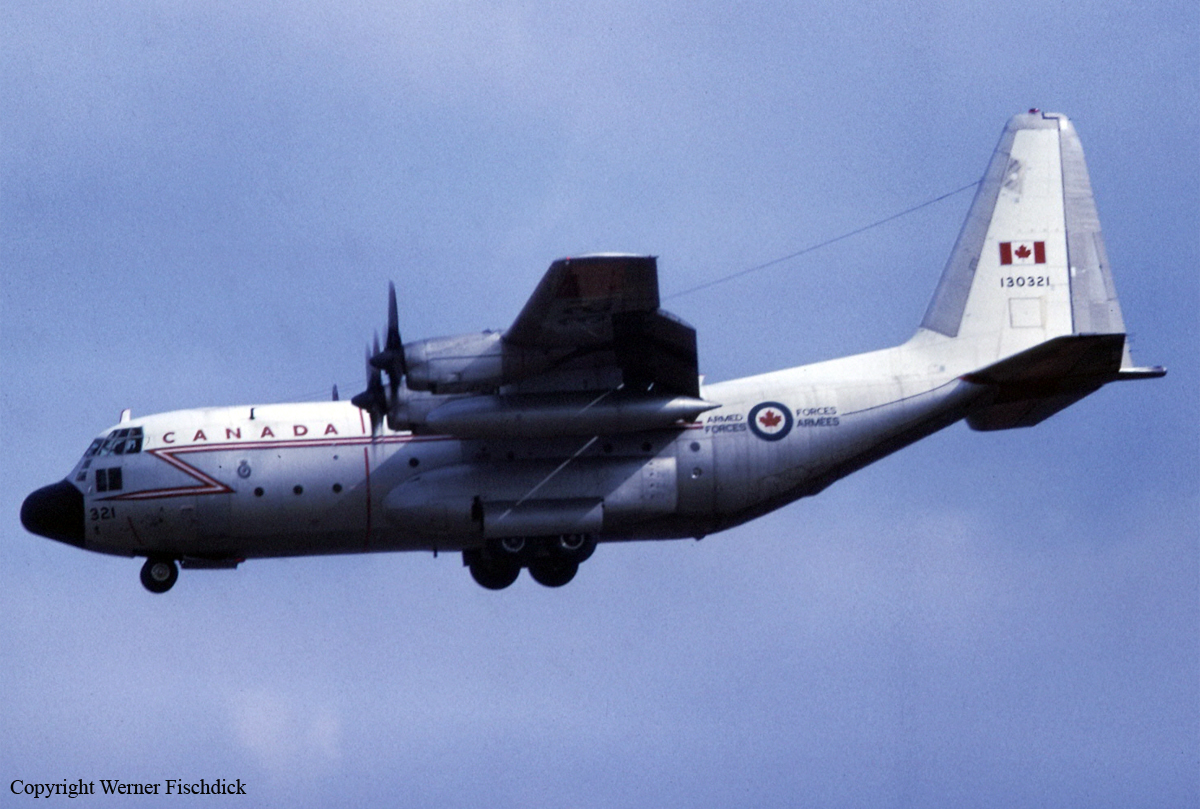Crash of a Piper PA-46-310P Malibu in Sion
Date & Time:
Nov 4, 1994 at 2030 LT
Registration:
HB-PIP
Survivors:
Yes
Schedule:
Sion - Sion
MSN:
46-8508091
YOM:
1985
Crew on board:
2
Crew fatalities:
Pax on board:
0
Pax fatalities:
Other fatalities:
Total fatalities:
0
Captain / Total hours on type:
1.00
Copilot / Total hours on type:
167
Aircraft flight hours:
2780
Circumstances:
Owned by the Federal Office of Civil Aviation (FOCA), the aircraft was dispatched at Sion Airport to perform several local training flight. At the end of the day, a pilot under training and an FOCA inspector decided to complete a local training flight out of Sion Airport. The single engine aircraft took off at 1935LT and the crew completed several touch-and-go maneuvers. Less than an hour later, after takeoff from runway 26, while in initial climb, the engine failed. The crew attempted to make an emergency landing in an open field when the aircraft collided with a car on a street and crashed on the ground. Both pilots escaped with minor injuries while one people in the car was seriously injured. The aircraft and the car were destroyed.
Probable cause:
Engine failure during initial climb due to fuel exhaustion. Investigations revealed that during the flight preparation, the flight inspector was the victim either of a mistake or of a lack of attention when he checked the quantities in the fuel tanks, an operation carried out at night using a flashlight which was uneasy. The aircraft already flew for three hours prior to the accident and no fuel was added prior to the present flight.
Final Report:

